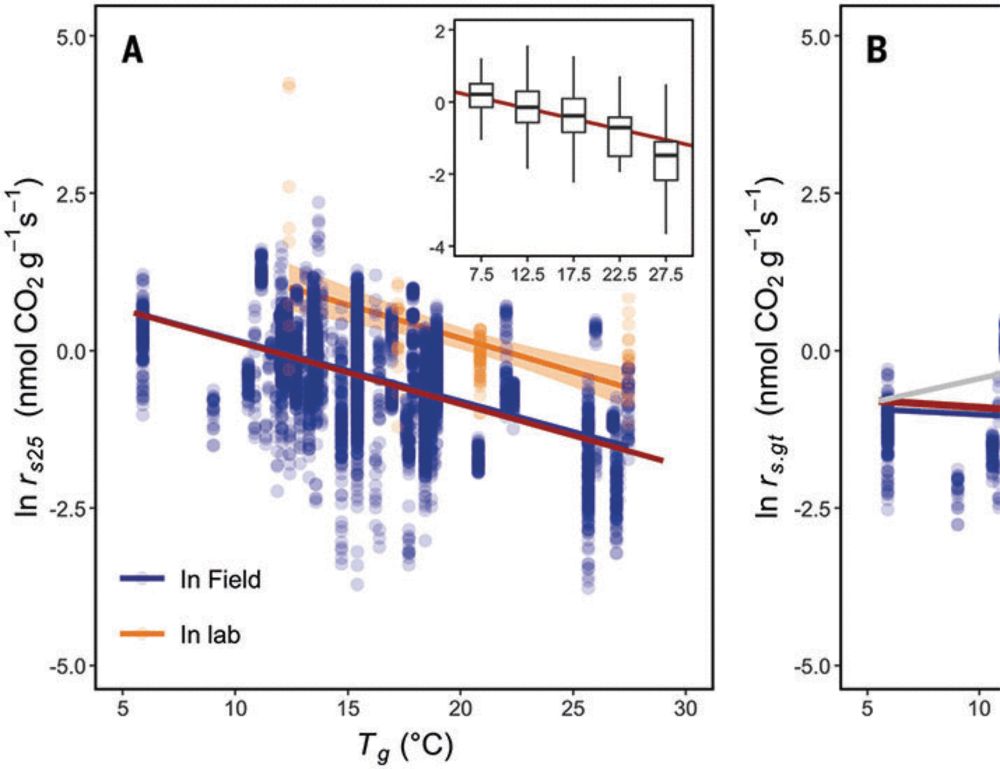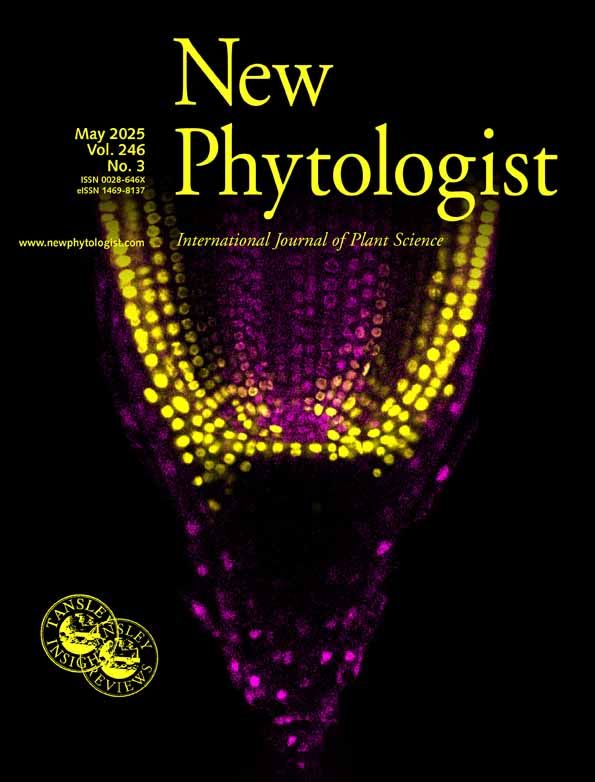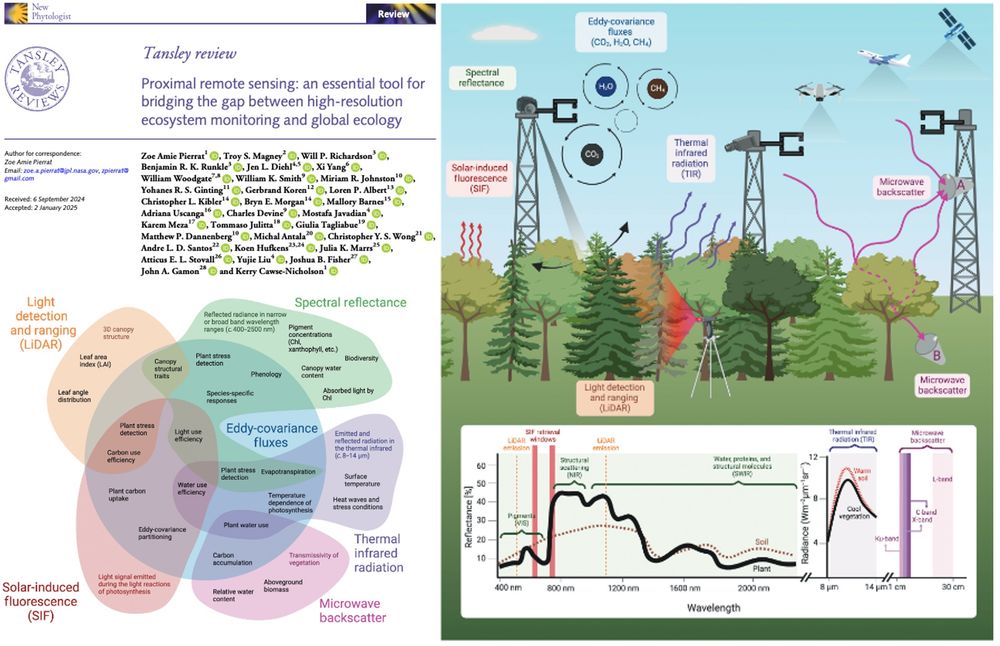Markus Löw
@markusloew.bsky.social
19 followers
43 following
19 posts
Measuring what plants do
Looking at plants while cycling or bushwalking
Posts
Media
Videos
Starter Packs
Reposted by Markus Löw
Ian Wright
@ianjwright.bsky.social
· May 29

Thermal acclimation of stem respiration implies a weaker carbon-climate feedback
The efflux of carbon dioxide (CO2) from woody stems, a proxy for stem respiration, is a critical carbon flux from ecosystems to the atmosphere, which increases with temperature on short timescales. Ho...
www.science.org
Reposted by Markus Löw
FLUXNET
@fluxnet.bsky.social
· Feb 21
Reposted by Markus Löw
Reposted by Markus Löw



















































